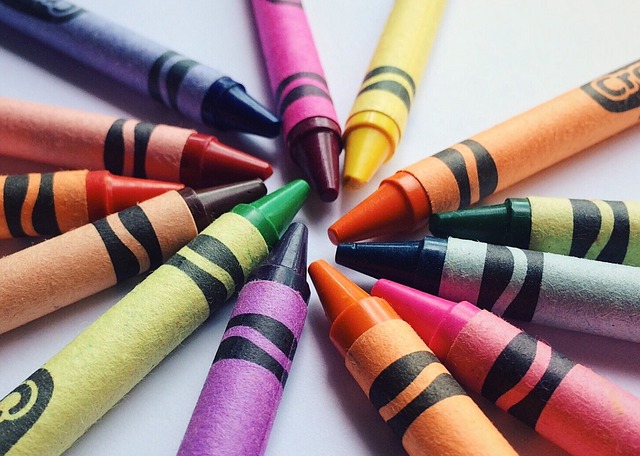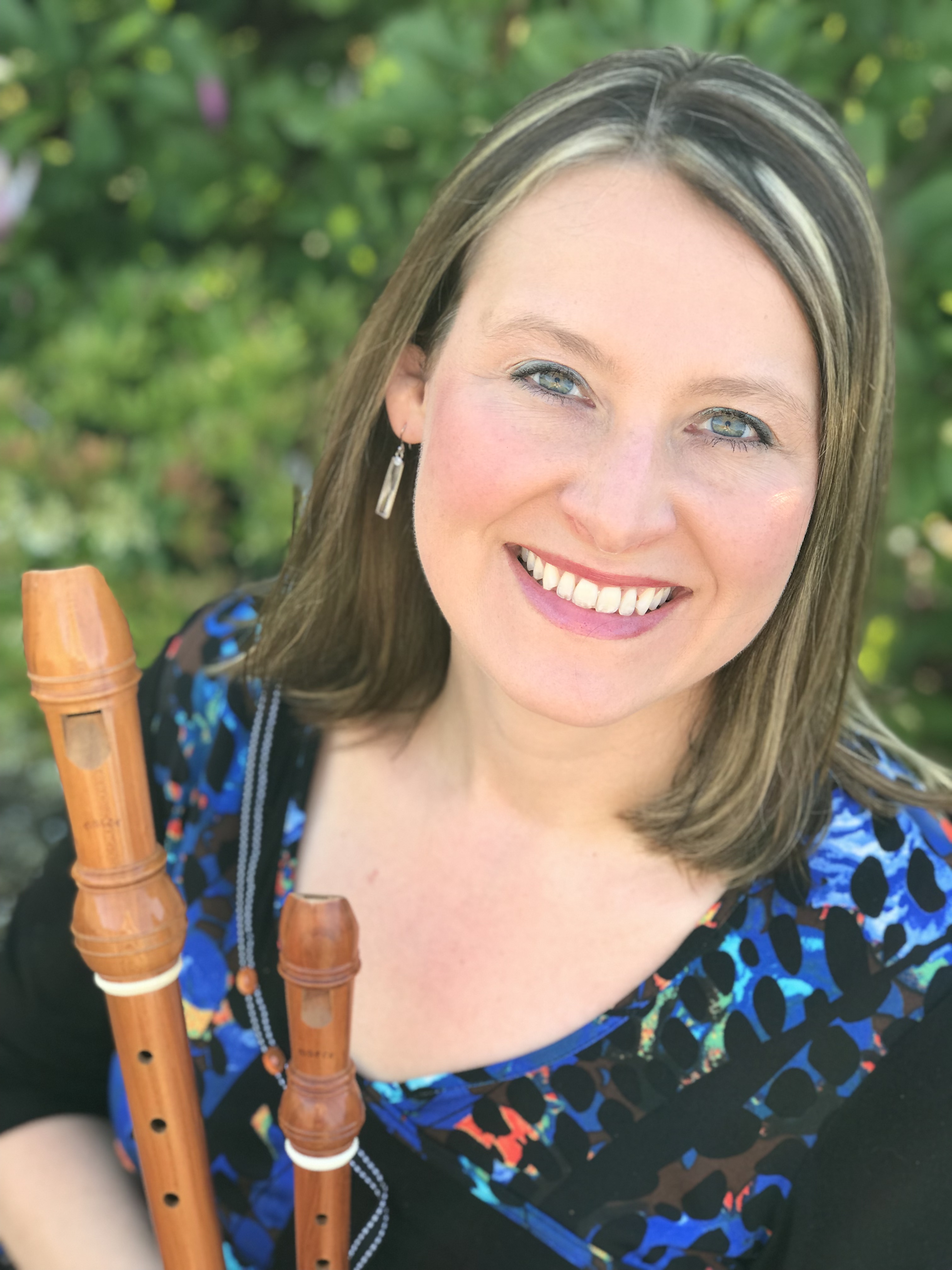
 Colorful Melody
Colorful Melody
By Fauna Woolfe, AOSA Teacher Educator
With some creative adaptation, the joy of playful learning that students (and teachers) experience through the Orff process continues. Whether we are working with our students through distance learning or in-person, socially-distant learning, joy, play, and connection can still be present. The sequence of preliminary play, imitation, exploration, and improvisation will still be part of our lessons, it just may look a little different. This lesson idea models one way to explore this familiar process while safely distanced.
Crayons are something most children have available to them at home - and at school - making them a manipulative that students can access wherever they are doing their learning. Experiencing music through color brings playfulness to the lesson and supports differentiation of instruction by adding a visual element to the exploration. Colors also have some strong associations that can be useful. For example, red is often associated with stop (or, in this lesson, the home tone).
Concepts/Objectives: Melodic Exploration; non-standard notation; solfege preparation/review
Age/Grade/Stage: There are many possible applications with this lesson idea, ranging from experiencing basic melodic contour concepts through replicating, creating, and notating simple melodies using limited pitch sets. Six to nine year olds are most likely to find crayons an engaging material, but older students could certainly build on the use of color to support notation.
Materials:
- Six crayons: Purple, Blue, Green, Yellow, Orange, Red
- White paper
Lesson Process:
Preliminary Play: Students engage with crayons in playful ways.
- Create shapes with the crayons, and explore the vocal sounds each shape might make. Begin with concrete child-friendly shapes like a star, tree, or smiley face, and then move into more abstract shapes such as lines leading into melodic contour exploration.
- The final shape should be a straight horizontal line from purple to red, (Purple, Blue, Green, Yellow, Orange, Red) vocalized on a consistent pitch, such as F, D, or G, or C to establish a home tone.
Imitation:
- Playfully move the crayons up and out of line while singing and bending the pitch. Orange moves up a whole step (re), yellow up a third (mi), green up a forth (fa), blue up a fifth (sol), and purple up a sixth (la).
- Find playful reasons for colors to leave the line. To focus on specific pitch sets, you may choose to leave only blue and yellow (sol-mi), purple, blue, and yellow (la-sol-mi), or yellow, orange, red (mi-re-do).
- Touch the remaining crayons and sing each pitch.
- Touch/sing the crayons in three- or four-pitch patterns.
Exploration: Invite discoveries about these intervals.
- Ask students what songs they have heard with the sound of the pitch set.
- Students touch the crayons and sing their pitches on their own.
- Students make up simple short patterns to share.
Improvisation:
- Melodic contour: Students use the crayons to draw melodic contour shapes of their own.
- Non-standard notation: Students use colors to create their own melody using lines, patterns, or shapes.
- Students draw their pattern on a blank piece of paper using dots or dashes of color to hint at standard notation.
Possible movement extensions:
- Use the crayons to draw “melodic contour shapes” in the air.
- "Air drawings" become the segue to a movement experience. For example: Draw the shape you hear when I sing (e.g., a melodic contour such as 'U'). Now show me how you make that shape with your body. How would that shape move?
These lesson ideas are only the beginning and may be embedded as a small part of many lessons. With a brief review or renewed focus on one of the concept ideas, the work can continue and move forward or go in a new direction. Crayons are a great way to keep the sense of play alive whether you are teaching remotely or in person. There are so many musical paths to explore with crayons. Enjoy exploring and playing with color!
 Fauna Woolfe teaches K-5 music in Evergreen Public Schools, is past-president of the Portland Orff Schulwerk Association, and is founder, course director, and recorder instructor for the Portland Orff Teacher Education Course. Fauna achieved National Board certification in 2003 and 2013, and served as a National Board facilitator. Fauna received her Bachelor of Music in Music Education, a Master’s in Education with an emphasis on Arts Integration.
Fauna Woolfe teaches K-5 music in Evergreen Public Schools, is past-president of the Portland Orff Schulwerk Association, and is founder, course director, and recorder instructor for the Portland Orff Teacher Education Course. Fauna achieved National Board certification in 2003 and 2013, and served as a National Board facilitator. Fauna received her Bachelor of Music in Music Education, a Master’s in Education with an emphasis on Arts Integration.
Reverberations - September 22, 2020
.jpg)
